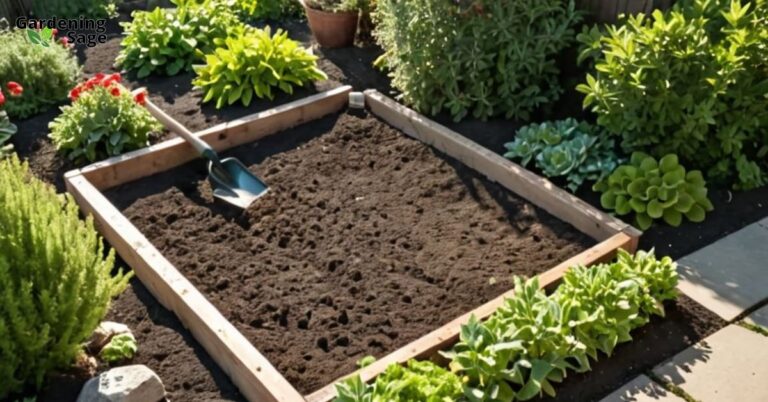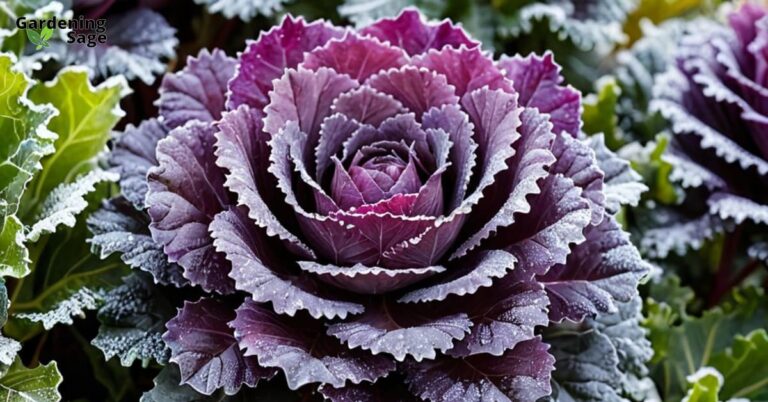Gardening is a rewarding pursuit, but it’s not without its share of challenges. From pesky pests to mysterious plant ailments, every gardener faces hurdles that can put their green thumb to the test.
However, with the right strategies and a bit of perseverance, these obstacles can be overcome, allowing your garden to thrive.
This comprehensive guide will dive into common gardening problems and provide practical, tried-and-tested solutions to help you navigate these challenges and keep your garden flourishing.

Diagnosing the Problem: The First Step to a Healthy Garden
The key to effective garden problem-solving is accurate diagnosis. Understanding the symptoms your plants display is crucial in identifying the underlying issue, whether it’s a disease, pest infestation, or environmental stressor.
Regularly inspect your plants for signs of distress and use resources like gardening books, online forums, or local extension services to help identify the problem.
Pest Control: Balancing Nature’s Ecosystem
Pests can wreak havoc in the garden, but not all insects are harmful. Learn to distinguish between beneficial insects and pests. Utilize natural predators, like ladybugs and lacewings, to control aphid populations, and employ barriers or traps for larger pests.
For a more direct approach, organic pesticides such as neem oil or insecticidal soap can be effective while still being gentle on the environment.
Battling Plant Diseases: Prevention and Cure
Fungal and bacterial diseases often manifest as spots, wilts, or rots. Prevention is key; ensure good air circulation around plants and avoid overhead watering to keep foliage dry.
For existing infections, remove and dispose of affected plant parts and consider using organic fungicides. Crop rotation and proper sanitation are also crucial in preventing disease recurrence.
Soil Health: The Foundation of a Thriving Garden
Healthy soil is vital for plant growth. Conduct a soil test to determine nutrient levels and pH, and amend the soil accordingly.
Organic matter, like compost or well-rotted manure, can improve soil structure and fertility. Regularly adding organic material can also help combat soil-borne diseases and improve overall plant health.
Watering Wisely: Avoiding Over and Under-Watering
Watering issues are a common gardening challenge. Over-watering can lead to root rot, while under-watering stresses plants.
Use a soil moisture meter or finger test to check soil moisture. Water deeply but infrequently to encourage strong root growth, and consider using drip irrigation systems for consistent, efficient watering.
Light Requirements: Matching Plants with the Right Exposure
Inappropriate light can affect plant health. Sun-loving plants may become leggy in the shade, while shade-tolerant plants can scorch in full sun. Assess your garden’s light conditions and choose plants accordingly.
For existing plants, consider relocating them to a more suitable spot to match their light preferences.
Nutrient Management: Feeding Your Plants Right
Nutrient deficiencies can manifest in various ways, such as yellowing leaves or stunted growth. Use your soil test results to guide your fertilization regime.
Opt for balanced, slow-release organic fertilizers that provide a steady supply of nutrients. Remember, more is not always better; over-fertilization can be just as harmful as under-fertilization.
Space and Airflow: Key to Plant Health
Crowded plants compete for resources and are more prone to diseases. Space plants according to their mature size and prune regularly to ensure adequate airflow.
This not only promotes healthier growth but also reduces the likelihood of fungal infections.
Mulching: More Than Just Aesthetic
Mulch is a gardener’s best friend. It helps retain soil moisture, suppresses weeds, and as it breaks down, it enriches the soil.
Organic mulches like bark chips, straw, or leaf mold are ideal. Apply a layer around your plants, but avoid piling it against stems or trunks to prevent rot.
Handling Environmental Stressors: Heat, Cold, and Wind
Plants can suffer from environmental stresses like extreme temperatures or wind. Provide shade cloth during heatwaves, mulch to insulate roots in cold weather, and use windbreaks to protect plants from strong winds.
Choosing plants that are well-adapted to your local climate can also reduce environmental stress issues.
Managing Weeds: Keeping Unwanted Guests at Bay
Weeds compete with garden plants for nutrients, water, and light. Regular weeding is essential.
Mulching can also help suppress weed growth. For larger weed problems, consider organic herbicides, but use them judiciously as they can affect other plants.
Dealing with Wildlife: Coexisting with Nature
Wildlife like deer, rabbits, or birds can be problematic. Use plant covers to protect vulnerable plants.
Planting wildlife-resistant varieties can also deter unwelcome visitors. Remember, wildlife plays a role in the ecosystem, so aim for coexistence rather than exclusion.
Seasonal Care: Adapting to the Garden’s Rhythms
Gardening is a year-round endeavor. Each season brings its own set of tasks – from spring planting to fall cleanup.
Understanding the seasonal needs of your garden and planning accordingly can prevent many common problems.
Continuous Learning: The Key to a Successful Garden
Gardening is a journey of lifelong learning. Embrace new challenges as opportunities to grow your skills. Join gardening communities, attend workshops, and stay curious. Every problem solved adds to your experience and knowledge.
Reviving and Enriching Your Garden
Troubleshooting common garden problems can seem daunting, but with the right approach and tools, it’s a manageable and even enjoyable part of the gardening experience.
By understanding the issues, applying targeted solutions, and maintaining good garden practices, you can overcome these challenges and enjoy a healthy, thriving garden.
Remember, patience and persistence are the gardener’s best tools in nurturing a vibrant garden.














